SOURCE: RAUNAK KUNDE / NEWS BEAT / IDRW.ORG

India’s Aeronautical Development Establishment (ADE) has taken a giant leap forward in its stealth aircraft development with the successful flight of the Stealth Wing Flying Testbed (SWiFT) Technology Demonstrator in its tailless configuration. This milestone marks the beginning of the next chapter for SWiFT, as ADE shifts its focus towards testing an internal weapons bay (IBW) and paving the way for a more advanced Remotely Piloted Strike Aircraft (RPSA).
The IBW is a crucial addition to SWiFT’s capabilities. By carrying weapons internally, the aircraft maintains its low-observable profile, making it even more difficult for enemy radars to detect. This enhanced stealth significantly increases survivability and mission effectiveness.
Continue readingSOURCE: RAUNAK KUNDE / NEWS BEAT / IDRW.ORG

The Indian Army has taken a significant step towards the future with the greenlighting of development for unmanned autonomous land robots powered by artificial intelligence (AI). These robots, capable of both offensive and defensive roles, hold immense potential for revolutionizing the Indian military landscape.
The integration of AI into land robots offers a plethora of advantages. These robots can operate in hazardous environments, perform tasks with greater precision and speed, and even engage in combat situations. Their autonomous capabilities allow them to make decisions in real time, adapting to changing situations without human intervention.
Continue readingSOURCE: IDRW.ORG TEAM
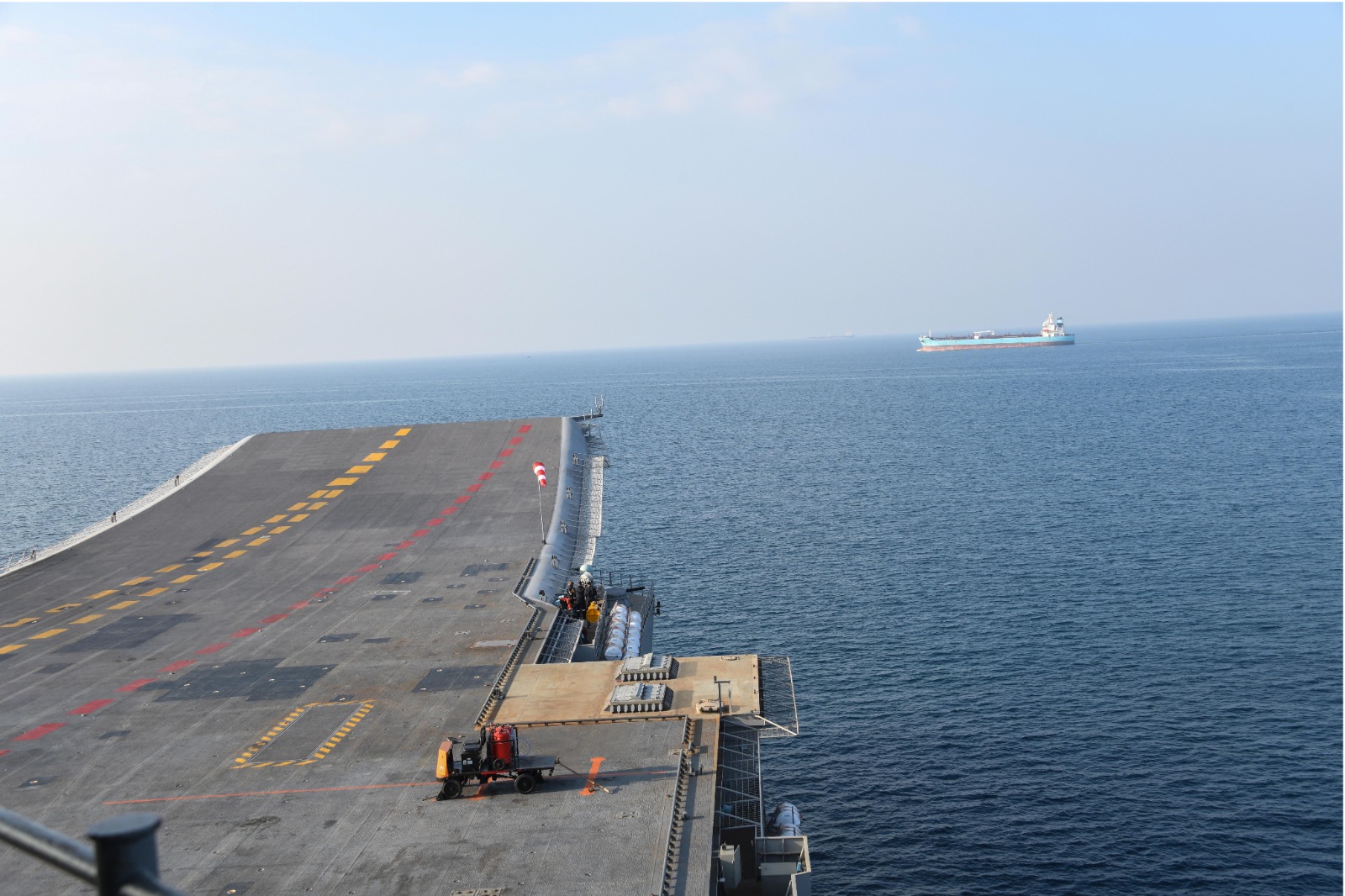
Get ready for a double dose of Indian naval power! India’s first indigenous aircraft carrier, INS Vikrant, is back in action after undergoing major upgrades. Now equipped with cutting-edge technology and weapons systems, it’s poised to join its predecessor, INS Vikramaditya, in safeguarding the nation’s maritime interests.
At the heart of Vikrant’s resurgence lies the EL/M-2248 MF-STAR, a multifunction active electronically scanned array (AESA) naval radar. This Israeli-made marvel provides unparalleled situational awareness, scanning vast stretches of the ocean for threats like enemy aircraft, missiles, helicopters, and drones.
Continue readingSOURCE: IDRW.ORG TEAM

In a landmark move for both maritime security and India’s innovation ecosystem, Bharat Electronics Limited (BEL), a leading Defence Public Sector Undertaking (DPSU), has signed the first procurement contract under the iDEX initiative with Blurgs Innovations Private Limited. This strategic partnership marks a significant step towards bolstering India’s maritime domain awareness with cutting-edge Artificial Intelligence (AI) technology.
Blurgs Innovations, an iDEX winner, has developed TRIDENT, an intelligent maritime domain awareness tool that promises to revolutionize the way we monitor and protect our vast coastlines. TRIDENT utilizes advanced AI algorithms to detect anomalies in real-time, providing crucial insights into suspicious activities and potential threats. This shift from traditional monitoring methods to anomaly-based detection offers several advantages:
Continue readingSOURCE: RAUNAK KUNDE / NEWS BEAT / IDRW.ORG
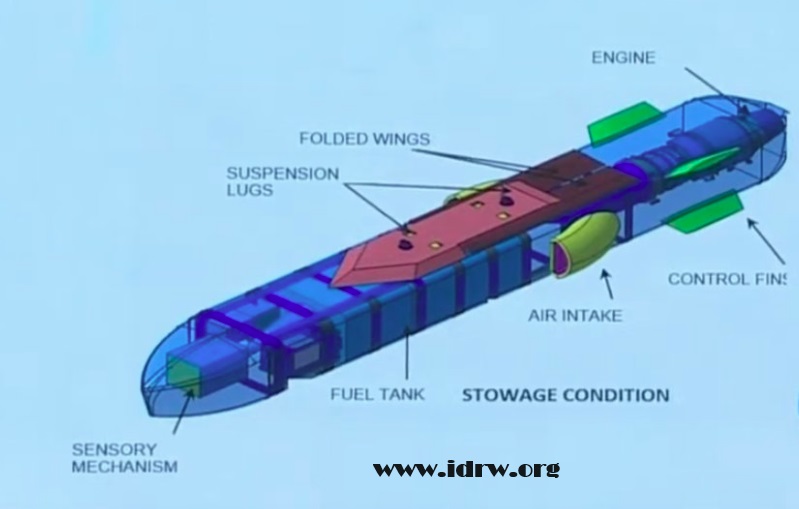
Hindustan Aeronautics Limited (HAL), India’s state-owned aerospace giant, has unveiled new details about its next-generation weapon system, the CATS Hunter Air-Launched Cruise Missile (ALCM). This sub-sonic, 700kg behemoth promises to significantly enhance India’s air attack capabilities with its lethal combination of stealth, range, and precision.
The CATS Hunter is designed to be the silent predator of the skies. Launched from a fighter aircraft (“Mothership”), it flies close to the ground or sea, mimicking terrain features to remain invisible to enemy radar. This low-altitude flight, coupled with its stealthy design, makes it a formidable foe for even the most advanced air defense systems.
Continue readingSOURCE: RAUNAK KUNDE / NEWS BEAT / IDRW.ORG

Hindustan Aeronautics Limited (HAL), India’s premier aerospace and defense company, has embarked on a critical project to develop a next-generation 4.2kN class turbojet engine. This upgraded version of the PTAE-7 engine, known as the PTAE-7G, marks a significant step forward for Indian aerospace capabilities and is poised to play a crucial role in two key programs: the CATS Warrior Loyal Wingman unmanned jet and the CATS Hunter Air-Launched Cruise Missile (ALCM).
The PTAE-7, originally developed in the 1980s, was a single-spool turbojet engine generating 3.43kN of thrust. While reliable, it lacked the advanced features and performance demanded by modern military applications. The PTAE-7G addresses these limitations by incorporating several key upgrades:
Continue readingSOURCE: RAUNAK KUNDE / NEWS BEAT / IDRW.ORG
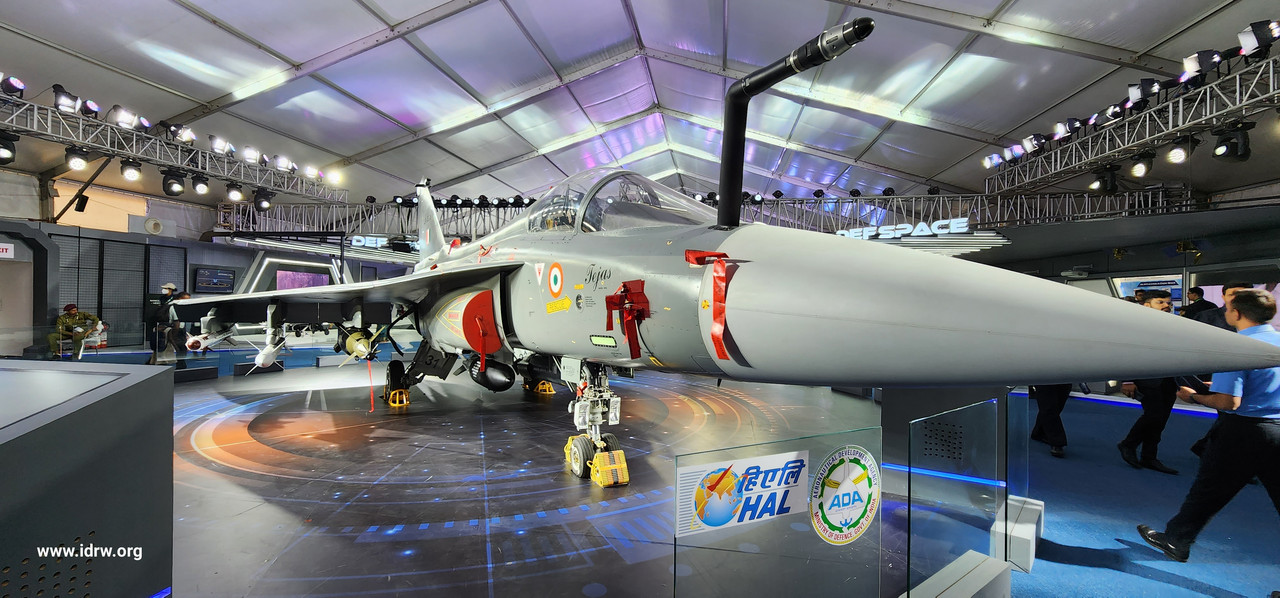
A major advancement in Indian aviation technology marked the skies this February, as the Indian Ministry of Defence (MoD) confirmed the successful flight testing of the Indigenously Designed and Developed Integrated Life Support System (ILSS) for the pilot of the LCA Tejas fighter jet. This achievement signifies a crucial step towards India joining the elite club of nations possessing this complex technology.
Before this breakthrough, Indian fighter jets relied on imported liquid oxygen systems, creating dependence on foreign suppliers and jeopardizing operational flexibility. The indigenous ILSS, developed by the Defence Research and Development Organisation (DRDO), utilizes “bleed air” from the Tejas’ engine to generate oxygen onboard, marking a shift towards self-reliance and adaptability.
Continue readingSOURCE: IDRW.ORG TEAM

The Indian Ministry of Defence (MoD) has marked a significant milestone in its 2023 Year-End Review, confirming the successful deployment of the Medium-Range Surface-to-Air Missile (MRSAM) system. This air defense system, crucial for safeguarding India’s airspace, has been commissioned in five firing units and one training center of the Indian Air Force (IAF) throughout the year.
One of the most notable deployments of the MRSAM is near India’s northwestern borders with Pakistan. On October 9th, 2023, the IAF stationed the system at Air Force Station (AFS) Adampur in Jalandhar district, Punjab. This strategic placement strengthens India’s air defense capabilities in a sensitive region known for potential aerial threats.
Continue readingSOURCE: IDRW.ORG TEAM

In a display of cutting-edge Indian technology, the President of India, Droupadi Murmu, witnessed the NRT Nimbus Tether Drone during the integrated Fire Power exercise conducted by the Indian Army at Pokhran on December 23rd. This tethered drone, developed by NewSpace Research and Technologies (NRT), stands as a testament to India’s growing prowess in the realm of unmanned aerial vehicles (UAVs) and its commitment to the Make In India and Atmanirbhar Bharat initiatives.
The NRT Nimbus Tether Drone, equipped with a best-in-class electro-optical (EO) and infrared (IR) sensor, stole the show with its ability to provide persistent surveillance in both plains and the extreme Super High Altitude Areas (SHAA) environment. This capability makes it a valuable asset for the Indian Army, enhancing its situational awareness and operational effectiveness in diverse terrains.
Continue readingSOURCE: RAUNAK KUNDE / NEWS BEAT / IDRW.ORG
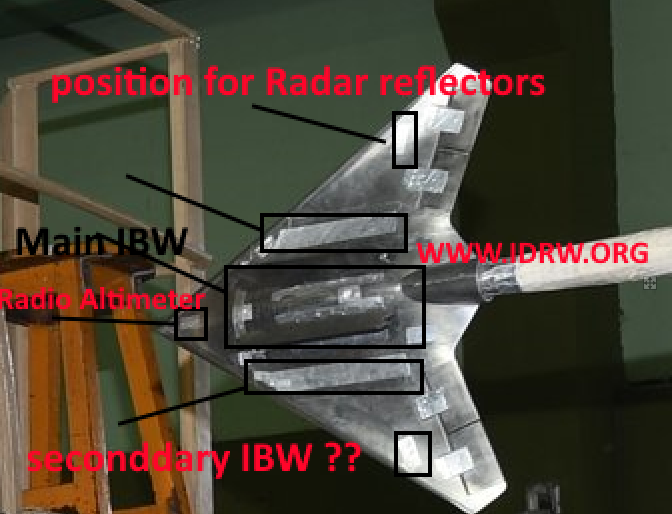
In a significant development, India’s Council of Scientific and Industrial Research-National Aerospace Laboratories (CSIR-NAL) has revealed the wind tunnel testing model of the upcoming Remotely Piloted Strike Aircraft (RPSA) Autonomous Flying Wing Technology Demonstrator.
Developed by the Defence Research and Development Organisation (DRDO), this indigenous high-speed flying-wing Unmanned Aerial Vehicle (UAV) is poised to play a crucial role in India’s future defence capabilities. The DRDO’s RPSA is expected to be scaled up into a formidable 13-ton Maximum Takeoff Weight (MTOW) Unmanned Combat Aerial Vehicle (UCAV) for use by the Indian Air Force (IAF).
Continue readingSOURCE: RAUNAK KUNDE / NEWS BEAT / IDRW.ORG
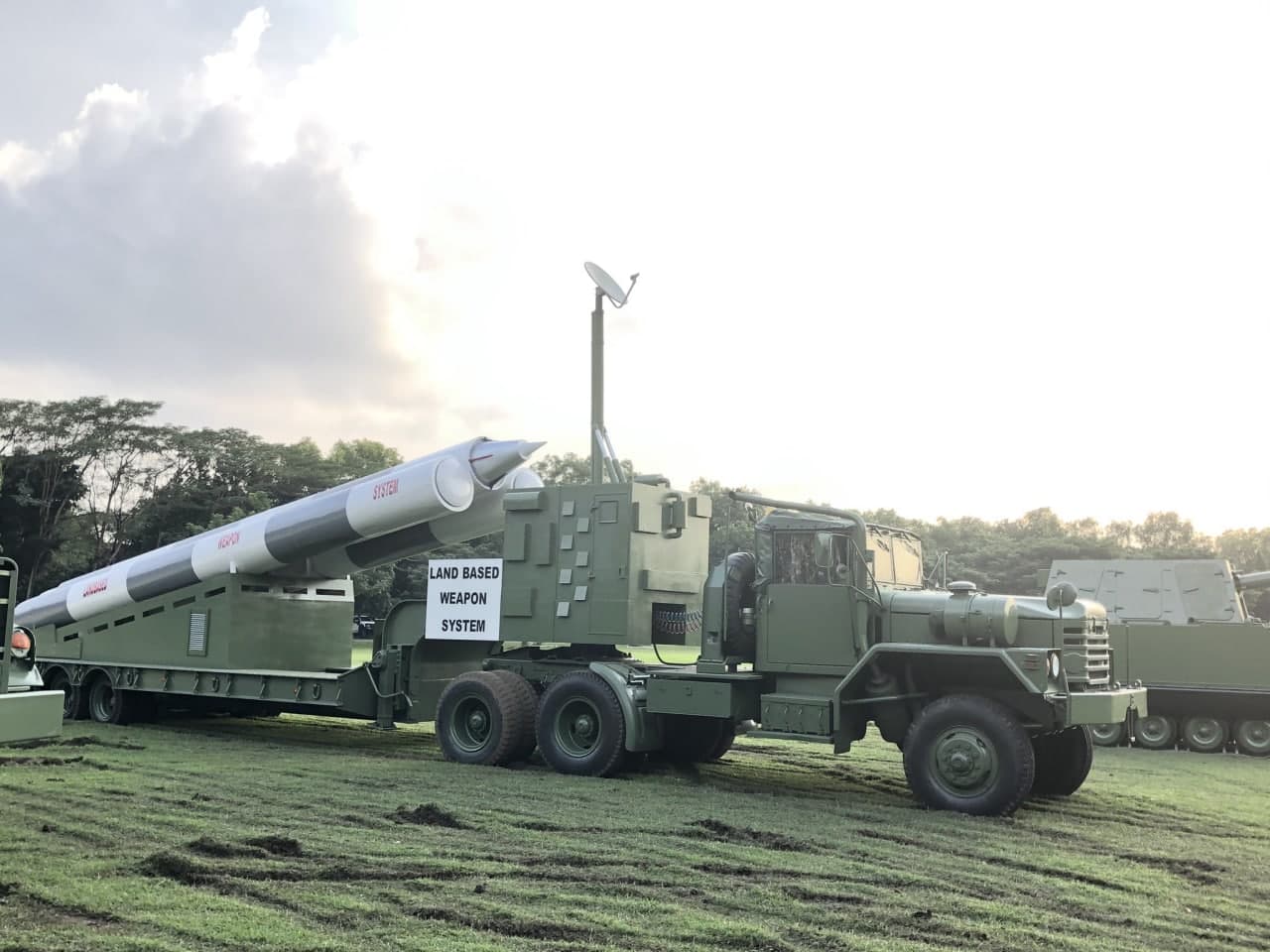
India is poised to begin deliveries of its BrahMos supersonic cruise missiles to the Philippines, marking a significant milestone in defence cooperation between the two nations. The deal, valued at $374.96 million, was signed in January 2022 and includes three batteries of BrahMos missiles, training for operators and support staff, and an Integrated Logistics Support (ILS) package.
The BrahMos missiles will significantly bolster the Philippines’ maritime defence capabilities, particularly in the face of territorial disputes in the South China Sea. The supersonic missiles boast a range of up to 290 kilometres and can penetrate even the most robust ship hulls, making them a potent deterrent against potential threats.
Continue readingSOURCE: RAUNAK KUNDE / NEWS BEAT / IDRW.ORG

Godrej Aerospace and Paninian India Pvt Ltd have joined forces to create a powerhouse of innovation in the Indian aerospace and naval engine sector. This exciting partnership, marked by a formal Memorandum of Understanding signed at Godrej Aerospace headquarters in Mumbai, brings together the complementary expertise of both companies to accelerate the design, development, and delivery of top-notch gas turbine engines.
Paninian’s strengths lie in its deep understanding of complex systems, honed through its work on aeroengines and power plant designs. This expertise finds a perfect partner in Godrej Aerospace’s established prowess in manufacturing, assembly, and integration, specifically within the aerospace domain. By combining forces, they aim to create a streamlined engine development process, bringing efficient and powerful solutions to market faster.
Continue readingSOURCE: IDRW.ORG TEAM
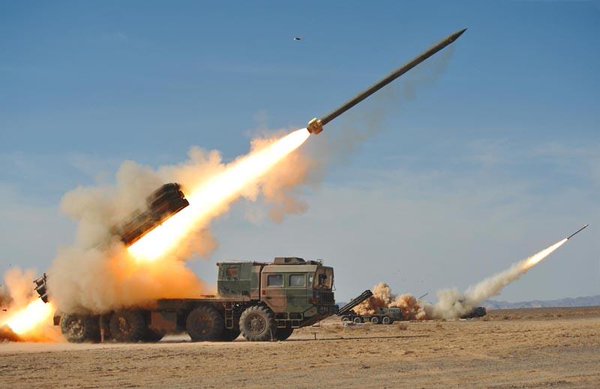
Recent developments in the military capabilities of Pakistan have raised eyebrows in the South Asian region, particularly with regard to its artillery rocket systems. Generous Chinese assistance has played a pivotal role in bolstering the Pakistani Army’s arsenal, leading to the successful testing of the Fatah I and Fatah 2 variants of the Chinese A100 and A300 rocket systems. These advancements have granted Pakistan a considerable edge, particularly in terms of range, when compared to India’s ongoing efforts to upgrade its artillery rocket systems.
The successful tests of the Fatah I and Fatah 2 variants mark a significant milestone for Pakistan, as these rocket systems boast ranges of 140km and 400km, respectively. The crucial element behind these advancements is the substantial support provided by China, which has enabled Pakistan to rapidly enhance its artillery rocket systems. The newfound capabilities position Pakistan ahead of India in terms of range, creating a strategic advantage for the Pakistani military.
Continue readingSOURCE: IDRW.ORG TEAM
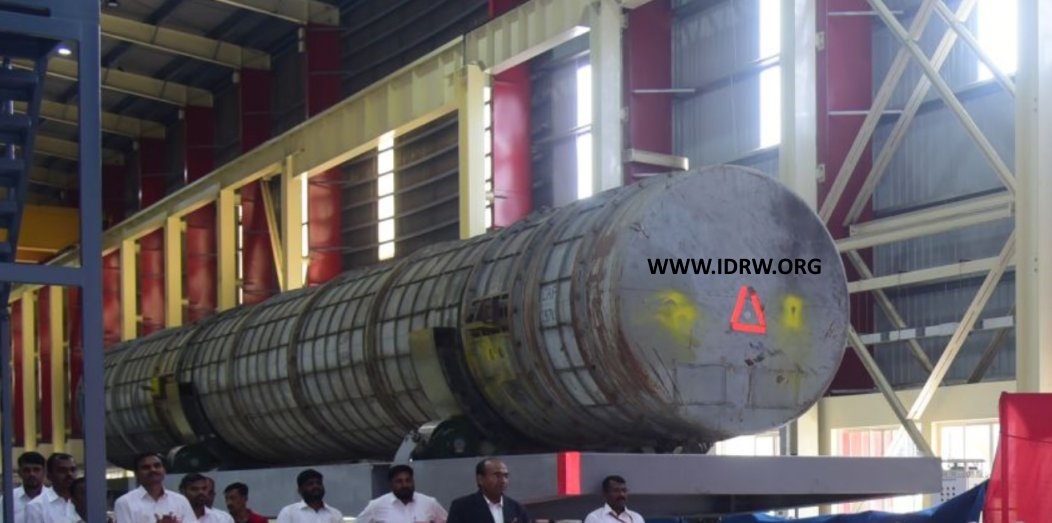
In recent days, the internet has been buzzing with discussions and claims surrounding a remarkable 70-ton Rotation Cum Resting Fixture (RCRF) canister, crafted by Electropneumatics and Hydraulics (I) Pvt. Ltd. The canister, constructed from high-strength steel and featuring an electro-mechanical high-precision leveling system, has become the subject of intense curiosity and speculation about its intended use.
While the authenticity and impressive nature of the canister are undeniable, divergent opinions have emerged within the Indian Open Source Nuclear Information Technology (OSNIT) community regarding its purpose. Some assert that the canister is specifically designed for the Agni-VI intercontinental ballistic missile (ICBM). In contrast, others challenge this assertion, pointing out that the Agni-V Mk2 missile, developed using composite materials, has successfully reduced its weight from 55 tons to 50 tons. This faction contends that the canister may be associated with the Agni-VI program, given its substantial size and capabilities.
Continue readingSOURCE: RAUNAK KUNDE / NEWS BEAT / IDRW.ORG
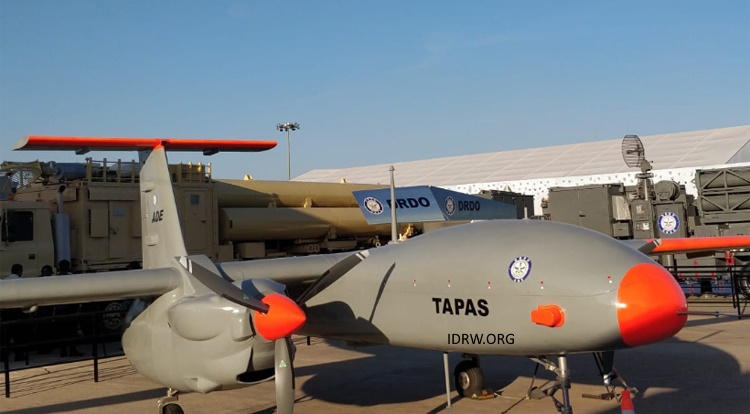
Recent developments in India’s Medium Altitude Long Endurance (MALE) Unmanned Aerial Vehicle (UAV) programs have stirred discussions within defense circles. According to prominent defense journalist Anantha Krishnan M, the Rustom-2 Aka TAPAS program faced challenges in meeting the Prescribed Standard Qualitative Requirements (PSQR) set by users. However, despite the setback, the government has reportedly greenlit the continuation of the project under separate DRDO funds. This move aims to address the shortcomings and bring the project in line with user expectations. Additionally, the emergence of the Archer-NG program suggests a new direction in India’s pursuit of advanced UAV capabilities.
Previous reports from idrw.org had highlighted technical challenges and issues related to the overweight fuselage of the Tapas MALE UAV. Despite concerted efforts by Hindustan Aeronautics Limited (HAL) along with Aeronautical Development Establishment (ADE), the weight reduction targets remained elusive. The technical hurdles posed significant obstacles to achieving the desired performance parameters.
Continue reading